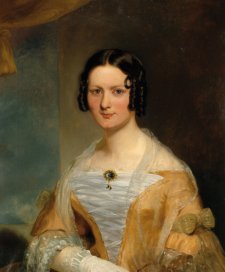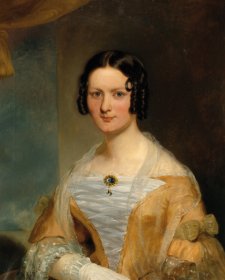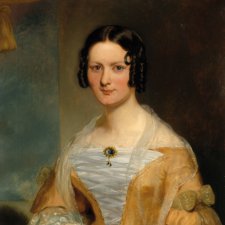- About us
- Support the Gallery
- Venue hire
- Publications
- Research library
- Organisation chart
- Employment
- Contact us
- Make a booking
- Onsite programs
- Online programs
- School visit information
- Learning resources
- Little Darlings
- Professional learning
Sir John Franklin (1786–1847), explorer and governor, served under Matthew Flinders on the Investigator in 1802–1803 and was signal midshipman on the Bellerophon at Trafalgar in 1805. In 1818 he made his first Arctic voyage, a fruitless expedition to locate a ‘Northwest Passage’ between the Atlantic and Pacific oceans. He ventured to the Arctic again in 1819, leading a three-year expedition across Canada, following which he became a fellow of the Royal Geographical Society. From 1824 to 1828 he led another expedition to the region which was rewarded with a knighthood, an honorary doctorate from Oxford, and the gold medal of the Royal Geographical Society of Paris. After 30 years’ naval service, he accepted an appointment as lieutenant-governor of Tasmania, arriving in Hobart in 1837. Franklin, his second wife Jane and his private secretary Alexander Maconochie brought progressive ideas about the cultural growth of the colony and the reformation of the penal system, but powerful colonists, enjoying convict labour, harried him until he was recalled in 1843. Franklin disappeared on his final expedition to the Arctic in 1845. His widow sponsored four expeditions to find him before it was established that he and all of his crew had perished.
Collection: National Portrait Gallery
Purchased 2015
David D'Angers (age 58 in 1846)
Theresa Walker (age 39 in 1846)
Sir John Franklin (age 60 in 1846)



On one level The Companion talks about the most famous and frontline Australians, but on another it tells us about ourselves.



Henry Mundy's portraits flesh out notions of propriety and good taste in a convict colony.



Visit us, learn with us, support us or work with us! Here’s a range of information about planning your visit, our history and more!